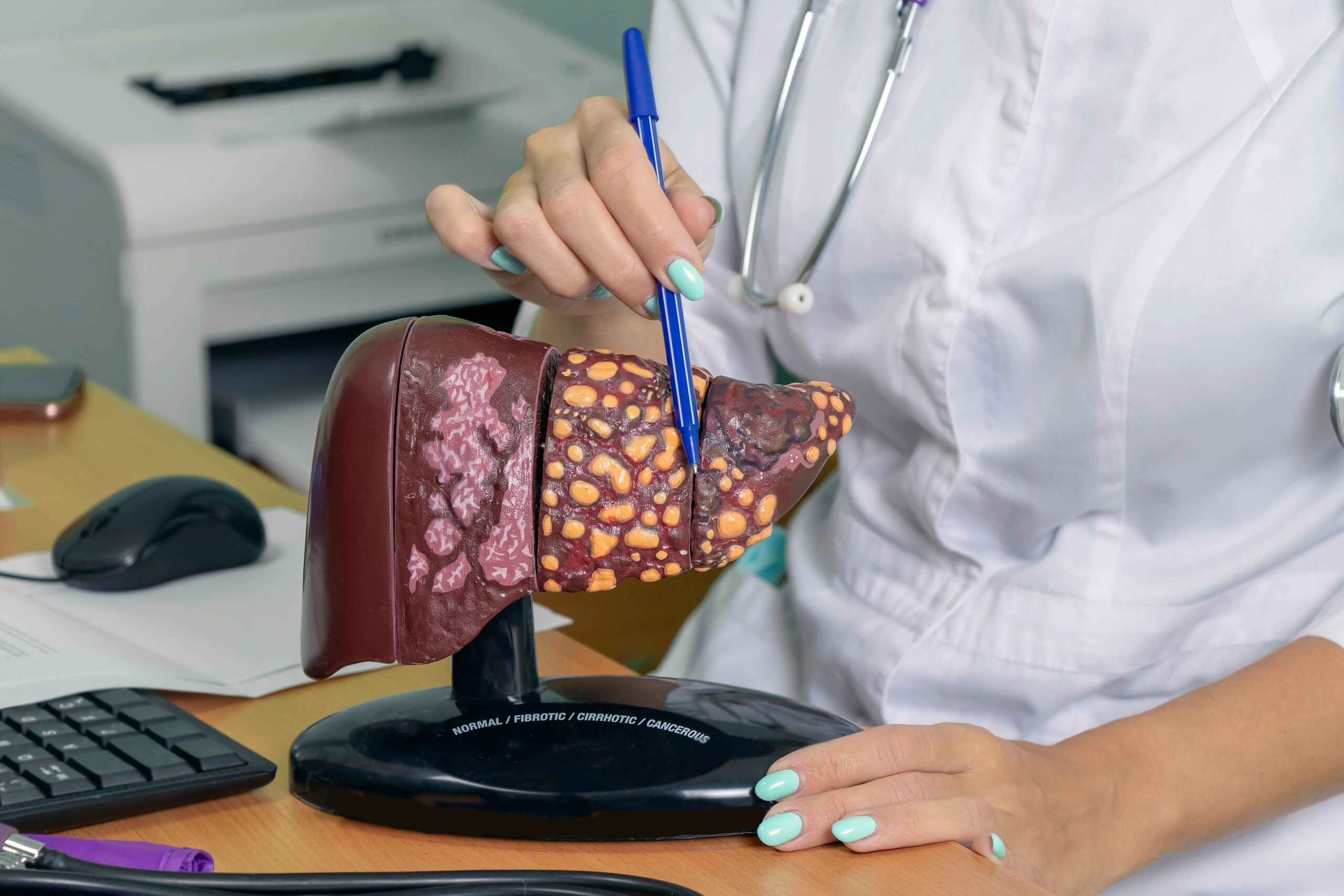WITH hepatitis B still endemic in Malaysia and over 21.3% of the population classified as obese, both key causes of metabolic dysfunction-associated fatty liver disease (MAFLD) are making more Malaysians at risk of getting liver cancer. Yet, many cases go undetected until the disease is in its late stages.
According to Sunway Medical Centre Velocity hepatobiliary pancreatic and liver surgeon Dr Johann Faizal Khan, one of the biggest barriers to improving liver cancer outcomes lies in the absence of effective public screening programmes.
“While high-risk individuals such as those with liver cirrhosis (long-term liver damage that causes scarring and poor liver function) and chronic viral hepatitis are screened, patients who appear relatively healthy may even realise they have either of these diseases,” he remarked.

Dr Johann noted that this issue is not unique to Malaysia but reflects a global trend, with healthcare institutions now dealing with the long-term effects of undiagnosed or untreated chronic liver conditions.
Understanding liver cancer
Liver cancer, particularly hepatocellular carcinoma (HCC), remains one of the leading causes of premature death in Malaysia.
It is the eighth most common cancer in the country, yet it has the second-lowest five-year survival rate among major cancers at just 12.8% according to Malaysia’s Health Ministry.
Alarmingly, 74% of liver cancer cases in Malaysia are classified as Stage IV, where treatment options are limited and outcomes are significantly poorer.
However, the absence of early symptoms should not be mistaken as an assurance of good health. Many individuals who do not drink alcohol or engage with what are typically considered as ‘high-risk’ behaviours assume that they are not at risk.
In reality, liver cancer can develop silently, without any warning signs. As such, Dr Johann stressed the importance of regular health screenings, regardless of one’s perceived health status, as early detection remains the most effective way to improve outcomes.
Treatment options to address liver cancer
While the outlook may seem daunting, there are a range of effective treatment options available even for patients with more advanced cases.
Minimally invasive procedures, such as ablation therapies offer a viable alternative to open surgery by reducing surgical trauma, blood loss, and recovery time.
Among these is the NanoKnife surgery, which uses electrical pulses to target and break down cancer cells without damaging the surrounding healthy tissue.
This technique is particularly beneficial for patients with compromised liver function or tumours near vital structures.
This treatment method may also serve as a bridging treatment for patients awaiting liver transplantation or as an option in cases of recurrence, where repeated surgery may risk damaging healthy liver tissue. However, not all tumours are suitable for minimally invasive approaches.
“Larger tumours or those requiring complex reconstructions may still necessitate traditional open surgery, especially when complete resection is the goal,” noted Dr Johann.
In such cases, a partial hepatectomy may be performed to surgically remove the cancerous portion of the liver, allowing the liver to regenerate post-surgery.
For patients with more extensive liver damage, a liver transplant may be required, involving the replacement of the entire diseased liver with a healthy donor organ.

While each approach carries its own set of risks, Dr Johann emphasises that they are not competing methods.
“Neither is considered better than the other. They each play a role and work together to achieve the best outcome for patients,” he pointed out, adding that treatments are guided by a personalised approach, with an emphasis on tailoring care to each patient and adopting precision medicine whenever possible.
Follow-up care after surgery
Even after successful treatment, patients with underlying conditions such as chronic viral hepatitis, liver fibrosis or cirrhosis, remain at lifelong risk. While treatment can halt progression, continued surveillance is critical to detect recurrence early.
Equally important is the patient’s role in maintaining liver health. Follow-up care goes beyond medical appointments, with patients strongly advised to adopt healthier lifestyle habits including consuming a balanced diet, avoiding alcohol and smoking, and unregulated traditional medicine, all of which play a critical role in supporting long-term liver health and recovery.
Empowering patients with the knowledge and tools to take charge of their liver health will be just as critical as medical treatment in shaping long-term outcomes.
The evolution of liver cancer treatment, from open surgery to minimally invasive techniques and targeted ablation therapies, marks a significant step forward in patient care.
These advancements not only expand curative options for previously inoperable cases but also prioritise safety, recovery, and quality of life. ‒ July 24, 2025
Main image: Shutterstock




